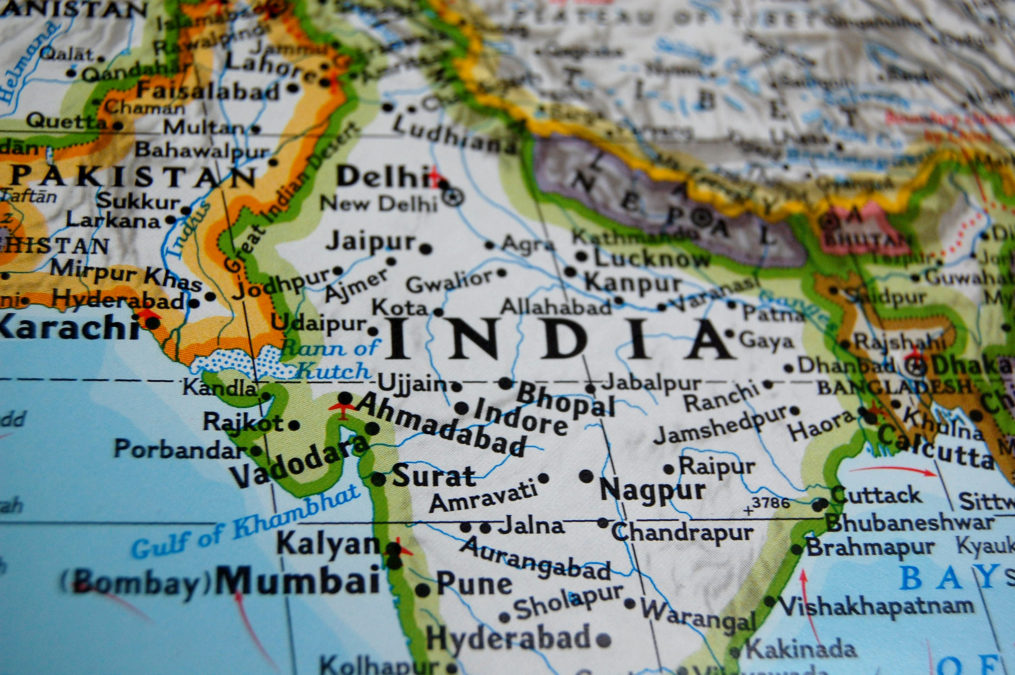The general merits of embracing smart cities have been discussed at length over the last two weeks, as part of Information Age’s Smart City Month. This article will focus specifically on the notion of smart cities in India, and why the country views this as the best route in embracing the opportunity of an increasing urban population.
The Smart Cities Mission
The Indian Government, led by Prime Minister Narendra Modi, launched the Smart Cities Mission on 25 June 2015. This represented and continues to embody an ambitious urban renewal and retrofitting program to develop 100 cities across the country, making them citizen and environmentally friendly, economically strong and sustainable for future populations.
“The smart cities concept is a big people’s movement. I am seeing that the implementation has been successful. There is an enthusiasm to make their city come first through the competition. This government is holding competitions to move forward and looking for ways to do so,” said Modi at the launch.
>Read more on Why businesses and society need smart cities
The Union Ministry of Urban Development is responsible for implementing this mission in collaboration with the state governments of the respective cities.
PM Modi added, “We should not treat urbanisation as a problem but as an opportunity. If we start thinking about the future we will be able to change it into an opportunity. Cities have the power which are seen as the growth centres. Where there is poverty, people move to cities in the hope of jobs. It is our responsibility to enable cities to become centres of growth and development for the poor.”
Smart cities in India
In a country-wide competition, 100 cities have now been selected, with a population of 99,630,069 impacted by the Smart Cities Mission. The aim is to develop these areas, so that they become smart cities in India, while simultaneously improving neighbouring cities and the general area as a result.

This smart city agenda entails improving the quality of life of its citizens, strengthening and diversifying the economy, while prioritising environmental sustainability through the adoption of smart solutions. This will be achieved by central and state governments providing financial aid to the cities between 2017 and 2022. The Smart Cities Mission says tangible results will start to be seen after 2022.
>Read more on The future smart city
So, while these cities are not yet ‘smart’, this significant country-wide initiative shows the value placed in the smart city ideal. Indeed, when the program was announced, the Indian Cabinet approved a total of₹48,000 crore (£4.3BN) for the smart cities mission over the five years, with a host of extra funding for other urban transformation projects. It is something they are taking seriously.
How it works?
Over the five-year smart city program, Indian states and Union territories (except West Bengal) nominated at least one city in their region for the Smart Cities Mission.
Each selected city has created a Special Purpose Vehicle (SPV), headed by a full-time CEO, to implement tailored solutions to the city. The SPV will plan, appraise, approve, release funds, implement, manage, operate, monitor and evaluate the smart city development projects.
Ravi Poddar, from the Indian Express, writes that the: ‘launch of the Smart Cities Mission in June 2015 spurred urban conurbations to compete for central grants for the first time. About three years later, competitive development is becoming de rigeur, inspiring quest for a unique vision and mission.’
‘Participating cities are engaging citizens, and preparing proposals to maximise bang for the buck – where uninterrupted power, water supply, internet connectivity, e-governance and quality infrastructure have become standard milestones.’
>Read more on the best smart city projects
As mentioned, 100 cities have now been selected. And, since January, there are currently 2,855 projects worth Rs 135,459 crore (or £1.35BN) in implementation, and 147 projects worth Rs 1,872 crore (£18.7M) completed.
The idea of a competition to decide which cities receive this funding is a good idea, because the process of selection requires effort on behalf of the competing cities. Effort that is necessary to make a successful smart city, which relies on the commitment of businesses, local government and citizens.
Private sector support
As mentioned in an article during Information Age’s Smart City Month, the private sector has an important role to play in helping advance smart cities.
According to a recent article from the Financial Express, based on the opinion of Michael Koh, an experienced Singaporean urban designer, India’s private sector, including startups, is well positioned to support the reality of the country’s Smart City Mission project.
>Read more on Singapore’s smart nation masterplan
“The Indian private sector and governments are working together to achieve the smart cities mission,” said Koh, who is also a fellow at the Centre of Liveable Cities (CLC) here.
This private sector involvement and application is entirely necessary in helping support the public sector, in achieving smart city project success across cities in India.
According to a study from Deloitte, just 16% of cities are able to self-fund required infrastructure projects. As a result, these cities or countries need the support of private and non-profit partners to advance their smart city agendas.
Many case studies involving public-private partnerships advancing smart city causes can be found in the Deloitte report.
The end goal
According to the ‘mission mantra’, embracing smart cities in India is not about local and state governments simply providing extra resources for urban development.
The aim of the mission is to create urban areas that prioritise citizens wellbeing, the economy and the environment through the interpretation of ‘smartness’. As each city is unique and has different pain points, the focus is on creating smart solutions in the areas that cause particular headaches for citizens in the individual city, whether that is transport, connectivity or safety.
>Read more on Creating smart solutions to tackle the paint points of a city
Smart cities in India, indeed anywhere, depends on the level of development, willingness to change and reform, resources and aspirations of the city residents.










